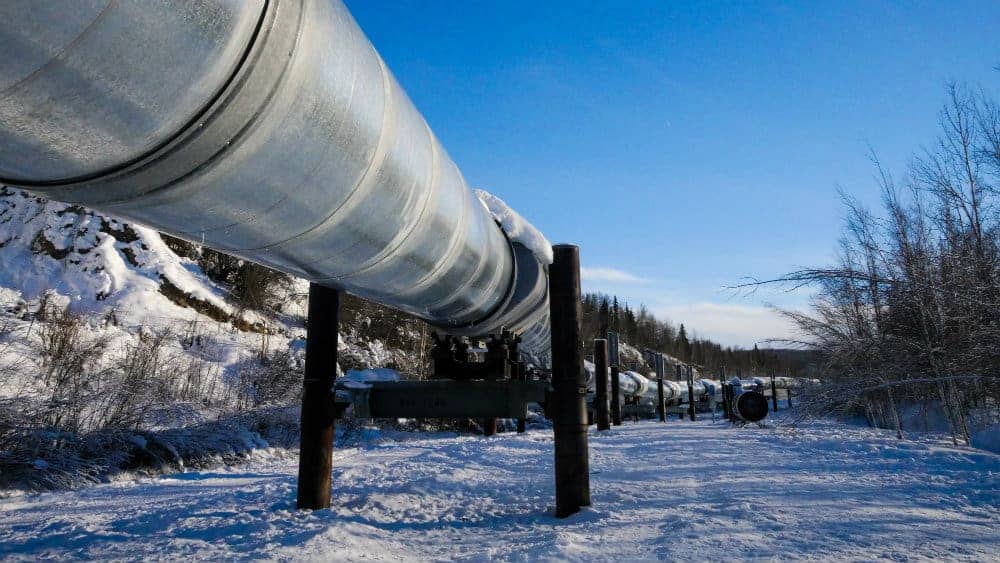Enbridge (TSX:ENB)(NYSE:ENB) is one of the highest-yielding large-cap TSX stocks out there. With a 6.6% yield at today’s price, it pays a full $6,600 every year on a $100,000 position. This is the kind of yield that tends to get dividend investors salivating.
But is the yield actually sustainable?
Buying dividend stocks based on nothing but the advertised yield is a classic mistake that new dividend investors make. It’s not the yield today that matters but the average yield over the holding period. If your stock’s dividend gets cut over your holding period, then your yield isn’t really as high as it was claimed to be.
In this article, I will explore Enbridge’s dividend and whether it is sustainable to keep up the 6.6% yield over the long term.
Enbridge’s payout ratio
The first thing we need to look at when evaluating the sustainability of a stock’s dividend is its payout ratio. A dividend-payout ratio is the stock’s dividend payout divided by its earnings. This ratio tells you whether the dividend is payable based on the amount of money the company is bringing in.
For Enbridge, there are two payout ratios we need to concern ourselves with:
- The payout ratio based on earnings
- The payout ratio based on distributable cash flow (DCF)
The former is the payout ratio that most analysts look at, while the latter is the ratio that Enbridge evaluates its own dividend-paying ability based on DCF. Payout ratios based on earnings factor in non-cash items like investment gains, which don’t impact dividend-paying ability on a day-to-day basis. So, cash flow metrics like DCF can be useful.
According to third-party data providers, Enbridge’s earnings-based payout ratio is 109%. That suggests that the dividend is not sustainable. But again, remember that GAAP earnings are influenced by non-cash factors. If we used the DCF formula, then the payout ratio shrinks to 72%. That’s reasonably low, suggesting that Enbridge can pay or even raise its dividend in the coming years.
Earnings growth
Another factor influencing Enbridge’s dividend-paying ability is its earnings growth.
If earnings decline over the long term, then a company’s dividend will have to be cut. On the flipside, if earnings grow, then the dividend payout can be raised. Enbridge has a dividend-growth rate of 9.3% over the last five years. The compound annual growth rate in revenue over the same period is 5%. The growth rate in earnings is 32%. If these growth rates continue, then Enbridge will be able to continue raising its dividend for the foreseeable future.
And there’s a good chance that they could continue. Many of Enbridge’s competitors have had their pipeline projects cancelled lately. For example, U.S. president Joe Biden recently cancelled the Keystone XL Pipeline project in the United States. The cancellation of competitor projects leads to more demand for ENB’s own services. Most of the time, Enbridge’s pipelines are filled to capacity — hence, all the expansion projects — so earnings growth should be strong for the foreseeable future.









